#dollo
Note
Another thing is that old-timey dinosaurs didn't move like real animals. They moved like monsters. When I look at those weird lumpy rexes, I can't imagine how they'd move, beyond "guy in a T. rex costume", like a weird awkward waddle. Looking at the more accurate ones, it's easy to understand how they move and what they'd look like in motion.
I've never heard of Dollo; who was he and what was his bad theory?
Yeah that's fair, it's annoying to see the man moving
that said, the raptors in the original JP were also men in a suit - but they compensated to make it look closer to natural
Dollo was a scientist in the 1800s who created a theory that organisms can't re-evolve structures they lost. he didn't know genetics, so he didn't know that features can be turned on and off and thus it can be possible to re-evolve lost structures.
but, because of that theory, he and others decided birds couldn't be dinosaurs. this was because, at the time, we had no evidence of a dinosaur furcula (wishbone) - or, at least, we thought we had no evidence of one. We did, however, have "thecodonts" (early archosaurs) with wishbones - meaning that, if birds evolved from dinosaurs, they would have had to re-evolve the wishbone
turns out a) non-avialan dinosaurs did have wishbones, they just don't fossilize well b) we did have some, we just misidentified them and c) yeah you can redevelop things actually
so we went from birds being dinosaurs being the best supported hypothesis to almost no one believing it within a few years at the end of the 1800s
leading to the "dinosaur dark ages" (dinosaurs are slow evolutionary failures) that was the first 60 years of the 20th century
so, yeah. we can blame dollo, 100%, for everyone being ignorant about dinosaurs.
115 notes
·
View notes
Text

Je vote 22
2 notes
·
View notes
Photo



21 INCH EARLY KAMMER & REINHARDT 53 Doll ebay over*to*you
2 notes
·
View notes
Text
WilliefromtheDrive - 'Forgot to drop these while protecting your feelings' [Album Reviews]
Posted on https://www.thewordisbond.com/williefromthedrive-forgot-to-drop-these-while-protecting-your-feelings-album-reviews/
WilliefromtheDrive - 'Forgot to drop these while protecting your feelings' [Album Reviews]

Rising rapper WilliefromtheDrive drops his new compilation titled Forgot to drop these while protecting your feelings. The project is a body of work loaded with 62 tracks that spans 2018 to date. The project is a mixed bag of topics that range from loyalty, love, aspirational tunes and
0 notes
Text


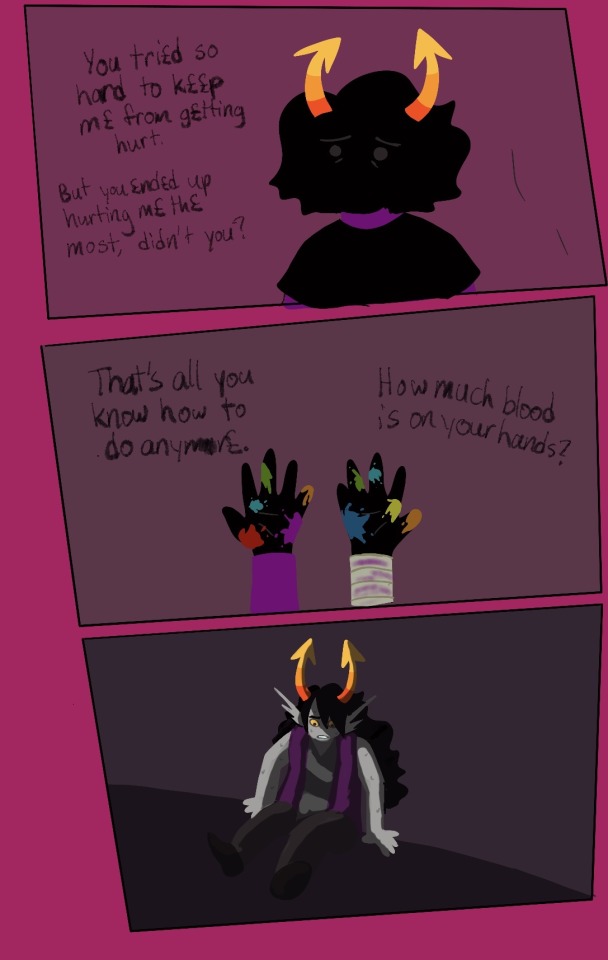
==> Erriss: Wake up
#erriss#dollos#comic#art#tw blood#you ever just have a drug-induced nightmare#wooo i finished a comic#is it the best comic? no#but it sure is complete
2 notes
·
View notes
Text
Chief Justice urges the Christian community and Acholi to forgive Idi Amin clan
Uganda’s Chief Justice, Alfonse Owiny-Dollo, has re-echoed the need for reconciliation and forgiveness of the late Idi Amin’s clan by the Acholi community over the death of Archbishop St Janani Luwum nearly 50 years ago.
Courtesy of Alfonse Owiny-Dollo
Luwum was the Archbishop of the Church of Uganda from 1974 until his assassination in 1977.It has been widely reported that Luwum was killed on…
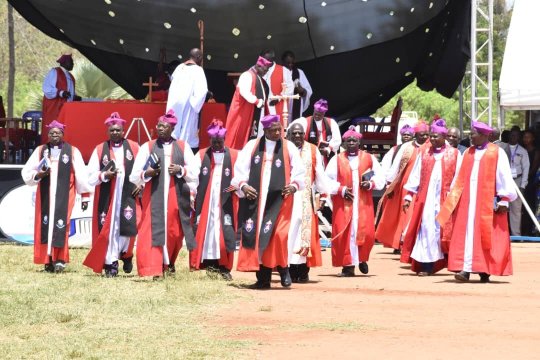
View On WordPress
0 notes
Text
50 mini music lyric book sticker
#music note#music sticker#retro fashion#melody sticker#i love music#doll house#dollo house music#music room#music lover#melody doll
0 notes
Text
#artdoll#dollart#ghost#ghost band#ghostbc#imperatour#imperatour22#papa copia#Handmadedolls#dollo of rock
1 note
·
View note
Text
Selected recurrent patterns or "laws" of evolution, of potential use for speculative biology. List compiled by Neocene's Pavel Volkov, who in turn credits its content to Nikolay Rejmers (original presumably in Russian). These are guidelines, and not necessarily scientifically rigorous.
Dollo's Law, or irreversibility of evolution: organisms do not evolve back into their own ancestors. When mammals returned to the sea, they did not develop gills and dermal scales and change back into fish: they became whales or seals or manatees, who retain mammalian traits and show marks of land-dwelling ancestry.
Roulliet's law, or increase of complexity: both organisms and ecosystems tend to become more complex over time, with subparts that are increasingly differentiated and integrated. This one is dodgier: there are many examples of simplification over time when it is selected for, for example in parasites. At least, over very large time scales, the maximum achievable complexity seems to increase.
Law of unlimited change: there is no point at which a species or system is complete and has finished evolving. Stasis only occurs when there is strong selective pressure in favor of it, and organism can always adapt to chaging conditions if they are not beyond the limits of survival.
Law of pre-adaptation or exaptation: new structures do not appear ex novo. When a new organ or behavior is developed, it is a modification or a re-purposing of something that already existed. Bone tissue probably evolved as reserves of energy before it was suitable to build an internal skeleton from, and feathers most likely evolved for thermal isolation and display before they were refined enough for flight.
Law of increasing variety: diversity at all levels tends to increase over time. While some forms originate from hybridization, most importantly the Eukaryotic cells, generally one ancestor species tends to leave many descendants, if it has any at all.
Law of Severtsov or of Eldredge-Gould or of punctuated equilibrium: while evolution is always slow from the human standpoint, there are moments of relatively rapid change and diversification when some especily fertile innovation appears (e.g. eyes and shells in the Cambrian), or new environments become inhabitable (e.g. continental surface in the Devonian), or disaster clears out space (e.g. at the end of the Permian or Cretaceous), followed by relative stability once all low-hanging fruit has been picked.
Law of environmental conformity: changes in the structure and functions of organisms follow the features or their environment, but the specifics of those changes depend on the structural and developmental constraints of the organisms. Squids and dolphins both have spindle-shaped bodies because physics make it necessary to move quickly through water, but water is broken by the anterior end of the skull in dolphins and by the posterior end of the mantle in squids. Superficial similarity is due to shared environment, deep structural similarity to shared ancestry.
Cope's and Marsh's laws: the most highly specialized members of a group (which often includes the physically largest) tend to go extinct first when conditions change. It is the generalist, least specialized members that usually survive and give rise to the next generations of specialists.
Deperet's law of increasing specialization: once a lineage has started to specialize for a particular niche, lifestyle, or resource, it will keep specializing in the same direction, as any deviation would be outcompeted by the rest. In contrast, their generalist ancestors can survive with a marginal presence in multiple niches.
Osborn's law, or adaptive radiation: as the previous takes place, different lines of descent from a common ancestor become increasingly different in form and specializations.
Shmalhausen's law, or increasing integration: over time, complex systems also tend to become increasingly integrated, with components (e.g. organs of an organism, or species in a symbiotic relationship) being increasingly indispensable to the whole, and increasingly tightly controlled.
204 notes
·
View notes
Text
What's most amazing about people who hate that birds are dinosaurs is that, without the discovery of birds being dinosaurs in the 1960s, none of y'all would have ever actually cared about dinosaurs
the history:
dino craze in 1800s. people thought, birds are very similar to these guys. Dollo fucked it up, made a bad theory, and people stopped thinking that
Early 1900s, dinosaurs deemed sluggish, stupid, pointless evolutionary failures. most people not really into dinosaurs anymore. this continues until
1960s: Deinonychus discovered. suddenly, dinosaurs interesting again: vibrant, lively, warm blooded animals. Also... birds might be dinosaurs?
from the 60s through the 70s, a slow buildup of dinosaur culture - both in crappy stop motion movies, but also in children's books and other media
80s cladistics revolution shows birds are living dinosaurs, though not without flaws. documentary after documentary is made, causing the major dinosaur boom of the late 80s and early 90s
the peak of this boom are the A&E and PBS documentaries, which both outright state birds are dinosaurs
cartoons like land before time and other dinosaur content keep coming out too, especially at the end of the 80s and the earliest 90s
the book jurassic park, referencing the birds are dinosaurs thing, is written in the late 80s. in the early 90s, is adapted into one of the greatest blockbusters of all time. now dinosaur interest is MAINSTREAM.
jurassic park isn't the start of the dinosaur boom, it is the apex
90s becomes the decade of dinosaurs, with tons of new discoveries, television shows, documentaries, and other programming
1996 first feathered "nonavian" dinosaur discovered. birds are dinosaurs is the closest thing we have to proven phylogenetic fact
1999 walking with dinosaurs premieres, revolutionizing the dinosaur-documentary genre.
early 2000s becomes the age of Period-Type Dino-Docu-Dramas
velociraptor is determined to have feathers
suddenly, dinosaur mania starts to die in the later 2000s
even though discoveries keep happening and we learn so much in the 2010s, the 2010s becomes a very regressive time - a sort of reactionary response to the birdification of dinosaurs and the dinosaurification of birds. the height of this is jurassic world
we may be in the middle of a dino-docu-drama revitilization thanks to prehistoric planet. stay tuned on that one
like, everyone was fine with the birdification of dinosaurs up and until they looked "feminine" on the outside, because of feathers.
It's just all such transparent misogyny and homophobia and people who react against feathered dinosaurs or birds being dinosaurs are just... so transparently parroting conservative talking points
Anyways, yeah. without birds are dinosaurs, you wouldn't have jurassic park. Sooooo
#I don't know why I keep talking about this#I'm procrastinating my museum collection conservation assignment tbh#birds are dinosaurs#feathered dinosaurs#jurassic park
2K notes
·
View notes
Text

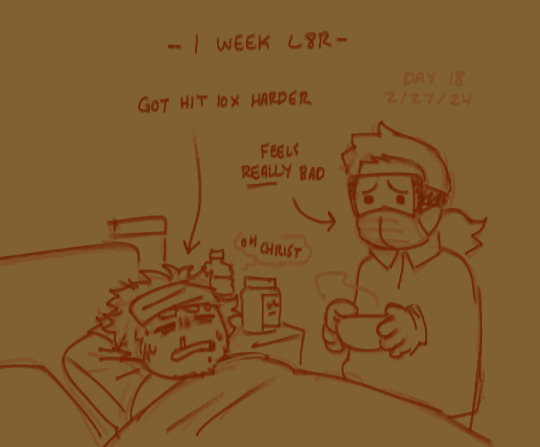
tragedy and illness in the acton-dollo household
13 notes
·
View notes
Photo
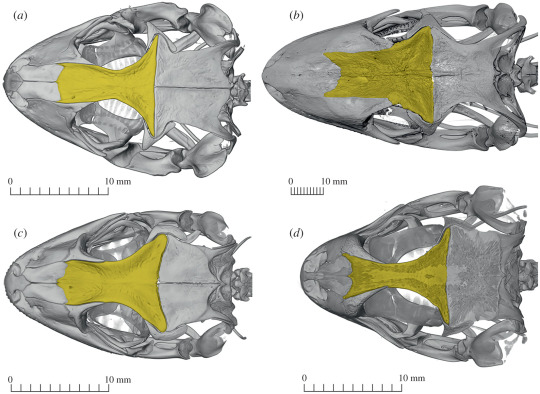




Europe's Oldest Gecko Species Lived in Belgium
Paleontologists have described a new extinct gecko species from Belgium. The lizard Dollogekko dormaalensis lived 56 million years ago, making it the oldest gecko species in Europe. 'This discovery provides new evidence for the early history of geckos in Europe,' says Annelise Folie, paleontologist at the Royal Belgian Institute of Natural Sciences (RBINS). The scientists named the new species after the famous Belgian paleontologist Louis Dollo.
Living geckos are found worldwide in tropical and subtropical regions. Most species are adapted to warm climates, so in Europe you will only find them around the Mediterranean Sea. But during the Eocene epoch, 56 to 34 million years ago, it was much warmer in our regions and a lot of thermophilic animals, including geckos, could be found in more northern latitudes than today.
An international team of paleontologists examined a fossil of such a prehistoric gecko from the collections of the RBINS. The fossil was found in Dormaal, a borough of the Belgian town of Zoutleeuw in Flemish Brabant. As it turns out, the fossil belongs to a hitherto unknown species, and represents the oldest remains of geckos known in Europe, together with indeterminate material from Portugal. The new species, Dollogekko dormaalensis, is therefore the earliest living gecko species from Europe described so far.
The only part of this individual that the scientists found was the fossilized frontal bone. However, due to its unique shape and external surface sculpture, it provided enough information to conclude that it was a previously unknown species. This forehead bone therefore immediately became the official type specimen - the (part of the) individual used to describe the species - and will continue to be preserved in the collections of the RBINS.
Greenhouse world
Dollogekko dormaalensis lived during a period known as the Paleocene-Eocene Thermal Maximum (56 million years ago), when Belgium, which today has a temperate marine climate, was much warmer. The new gecko was part of a diverse reptilian fauna of the so-called "Greenhouse World" of this period.
Tropical and subtropical conditions then extended much farther to the poles. In addition, the rise in temperatures during the early Eocene led to a rise in sea level, and many areas of Eurasia were flooded. Europe was an archipelago consisting of several islands. "Given future global climate change and predicted sea-level rise, it is of great importance to understand the distribution of thermophilic, tropical species of the past, as well as the distributions of certain infectious diseases such as malaria," says Andrej Čerňanský, lead author of the study.
What's in a name
When scientists describe a new species, they naturally give it a name. In this case, it was not only a new species epithet (the second part of the scientific name), but also a new genus name (the first part). The species could not be classified in an existing genus because it does not resemble nor lived in the same area than any other gecko species from that period.
The scientists found their inspiration for the species epithet at the location of the discovery of the type specimen: dormaalensis means ‘from Dormaal’. The genus name, Dollogekko, is a tribute to the famous Belgian paleontologist Louis Dollo (1857-1931), best known for his research on dinosaurs, including the Iguanodons, housed at the RBINS. His specialty was the anatomy of extinct fishes and reptiles, including turtles, mosasaurs, snakes, lizards, and dinosaurs.
The study was published in the journal Royal Society Open Science.
This project is a collaboration between researchers from multiple institutions, including the Comenius University in Bratislava, Slovakia (Andrej Čerňanský), Royal Belgian Institute of Natural Sciences (Annelise Folie, Thierry Smith, and Richard Smith), Sam Houston State (Juan Diego Daza) and Villanova University (Aaron M. Bauer) in the United States.
Images 1, 2 and 3 © 2022 The Authors. Published by the Royal Society under the terms of the Creative Commons Attribution License. Images 4 and 5 © Annelise Folie, RBINS
157 notes
·
View notes
Text
me trying to finally put the pieces together on my shart interp: ok so imagine if murphy kj oc dollo was an ant.
9 notes
·
View notes
Text
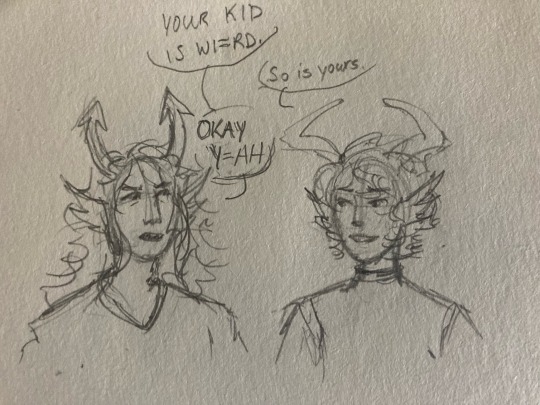
if I had a nickel for every seadweller i made that raised a batshit feral kid I'd have 2 nickels
1 note
·
View note

